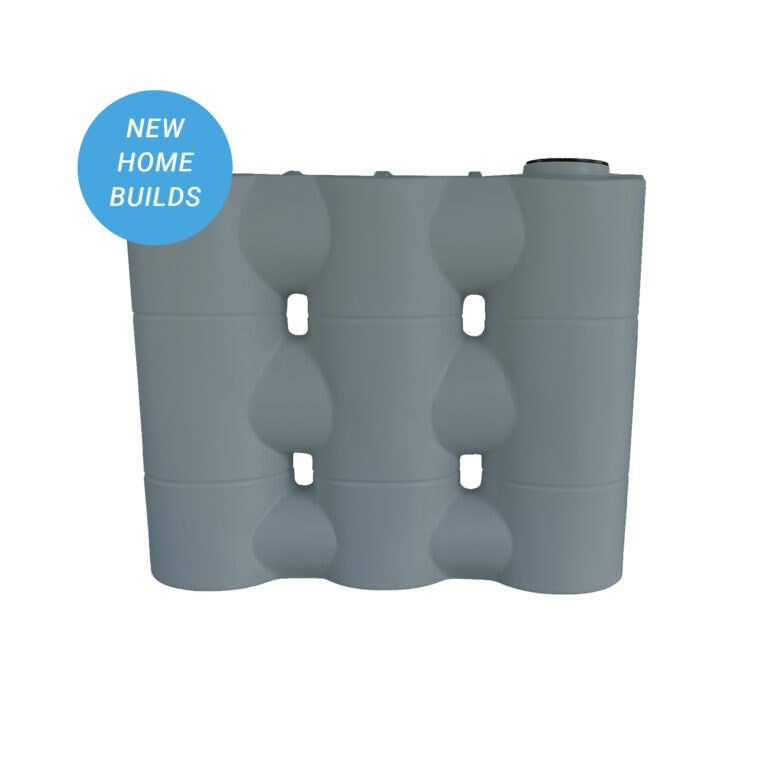Reliable Slimline Water Tanks: Maximize Your Water Storage Space Ability
Reliable Slimline Water Tanks: Maximize Your Water Storage Space Ability
Blog Article
Comprehending the Importance of Rainwater Containers in Drought-Prone Regions for Water Safety
In regions at risk to extended droughts, the duty of rainwater tanks in strengthening water safety and security is a topic of expanding significance. As areas come to grips with the challenges of water deficiency, understanding the value of these storage tanks surpasses simple collection of rainwater. Rain tanks function as a vital device in mitigating the influence of water shortages by giving a sustainable resource of water for different demands. Nevertheless, real worth of rainwater tanks expands far past mere storage; it incorporates resilience-building steps and the promo of long-term water conservation approaches. This complex approach to water safety warrants a more detailed evaluation of the function rain containers play in guaranteeing a trusted water supply during times of dry spell.
Advantages of Rain Containers
Making use of rain containers supplies a lasting remedy for boosting water supply and boosting water protection in residential and commercial settings. One of the key advantages of rain containers is their capacity to lower dependence on keys water system. By catching and keeping rainwater that falls on rooftops, this alternative source can be utilized for numerous non-potable objectives such as watering, flushing toilets, and cleaning garments. This not only conserves cured alcohol consumption water however also lowers water costs for individuals.

Rain Harvesting Strategies
Rain collecting strategies incorporate a variety of approaches made to successfully accumulate and save rain for numerous objectives, adding to water preservation and sustainability. One typical method is the setup of rooftop catchment systems, where rainwater is collected from the roof of a building and routed to a tank. This technique is fairly easy and affordable. Another popular strategy is using above-ground or below ground tank to save rain for later use. These tanks come in numerous dimensions and materials to suit various requirements and can be connected to the existing pipes system for simple gain access to.

Additionally, rainfall gardens and permeable sidewalks are innovative methods that entail landscape design or paving surfaces in such a way that permits rainwater to percolate into the ground, renewing groundwater gets. Additionally, contour farming and terracing are farming techniques that help catch rain and protect against soil disintegration in hilly terrain. By applying these varied rainwater harvesting techniques, neighborhoods can boost water security and resilience in drought-prone regions while advertising lasting water monitoring methods.
Significance of Water Protection
Ensuring reputable accessibility to tidy and enough water sources is critical for sustaining human health and wellness, economic development, and environmental well-being. Water safety and security is an important facet of societal resilience, particularly in regions susceptible to droughts and water scarcity. Adequate water security encompasses various measurements, consisting of schedule, top quality, and access of water for residential, farming, industrial, and environmental needs.
Water security plays a crucial duty in advertising public health and wellness by minimizing the occurrence of waterborne diseases and ensuring hygiene centers. Economically, water security is important for Our site farming efficiency, industrial operations, and total financial development. Slimline water tanks. Water protection is closely connected to environmental sustainability, as it supports ecosystems, biodiversity, and total ecological equilibrium.
In drought-prone areas, water safety and security comes to be much more critical due to the heightened threat of water lacks. Implementing methods like rainwater harvesting, you could look here water recycling, and effective water management methods can substantially enhance water safety in these areas. By prioritizing water protection, neighborhoods can much better stand up to the impacts of climate adjustment, population development, and various other challenges that endanger water availability.
Enhancing Water Durability
With raising international water challenges, developing strength in water systems has come to be an essential emphasis for lasting growth efforts. Enhancing water durability entails implementing methods to make certain water availability and quality despite changing environmental conditions, such as dry spells, floodings, and air pollution.
One key aspect of improving water durability is advertising using rain containers in drought-prone regions - Slimline water tanks. Rainwater tanks function as an efficient ways of catching and keeping rain for later usage, lowering dependence on limited freshwater resources throughout completely dry durations. By including rain harvesting systems right into water monitoring strategies, areas can improve their capacity to hold up against water deficiency and keep water security

Lasting Water Preservation
Amidst intensifying water obstacles, the sensible management of water resources via lasting conservation methods click to find out more is imperative for guaranteeing long-lasting ecological security and social well-being. Sustainable water conservation involves the reliable usage of water resources to meet current requirements without jeopardizing the capacity of future generations to fulfill their very own requirements. By implementing techniques such as rainwater harvesting, greywater recycling, and water-efficient innovations, neighborhoods can minimize water wastefulness and alleviate pressure on freshwater sources.
Furthermore, sustainable water conservation practices contribute to ecosystem health by maintaining adequate water levels in rivers, lakes, and wetlands, supporting biodiversity, and protecting natural environments. These techniques likewise play an important function in alleviating the effects of climate change by helping to adjust to transforming rainfall patterns and water accessibility.

Conclusion
In conclusion, rainwater containers play a crucial function in boosting water safety and security and strength in drought-prone areas. By utilizing rainwater harvesting strategies, communities can decrease their dependence on typical water sources and promote lasting water preservation techniques. This not only assists alleviate the influences of water scarcity during droughts however additionally adds to long-term water safety and security and durability despite environment adjustment challenges.
Report this page